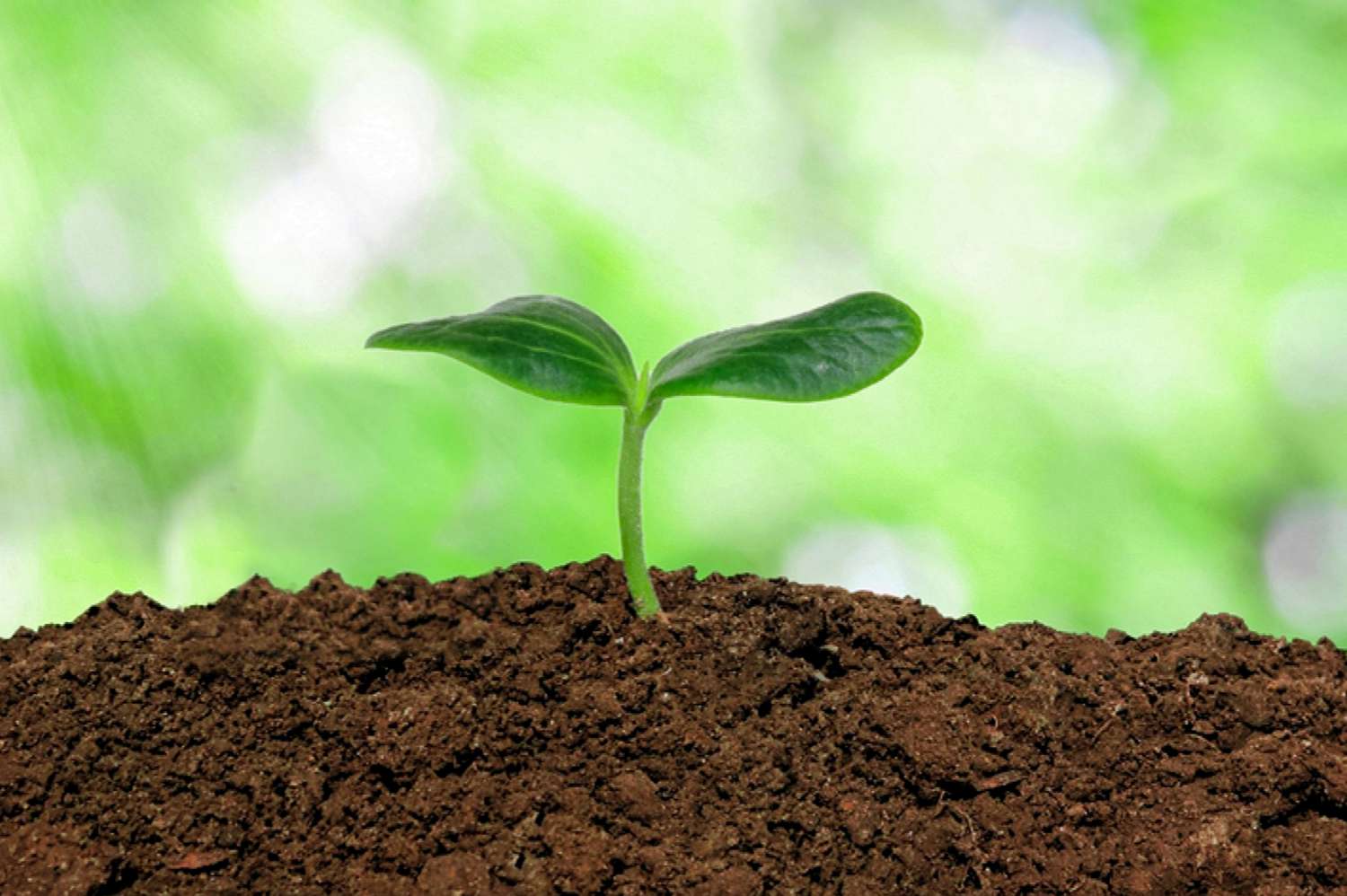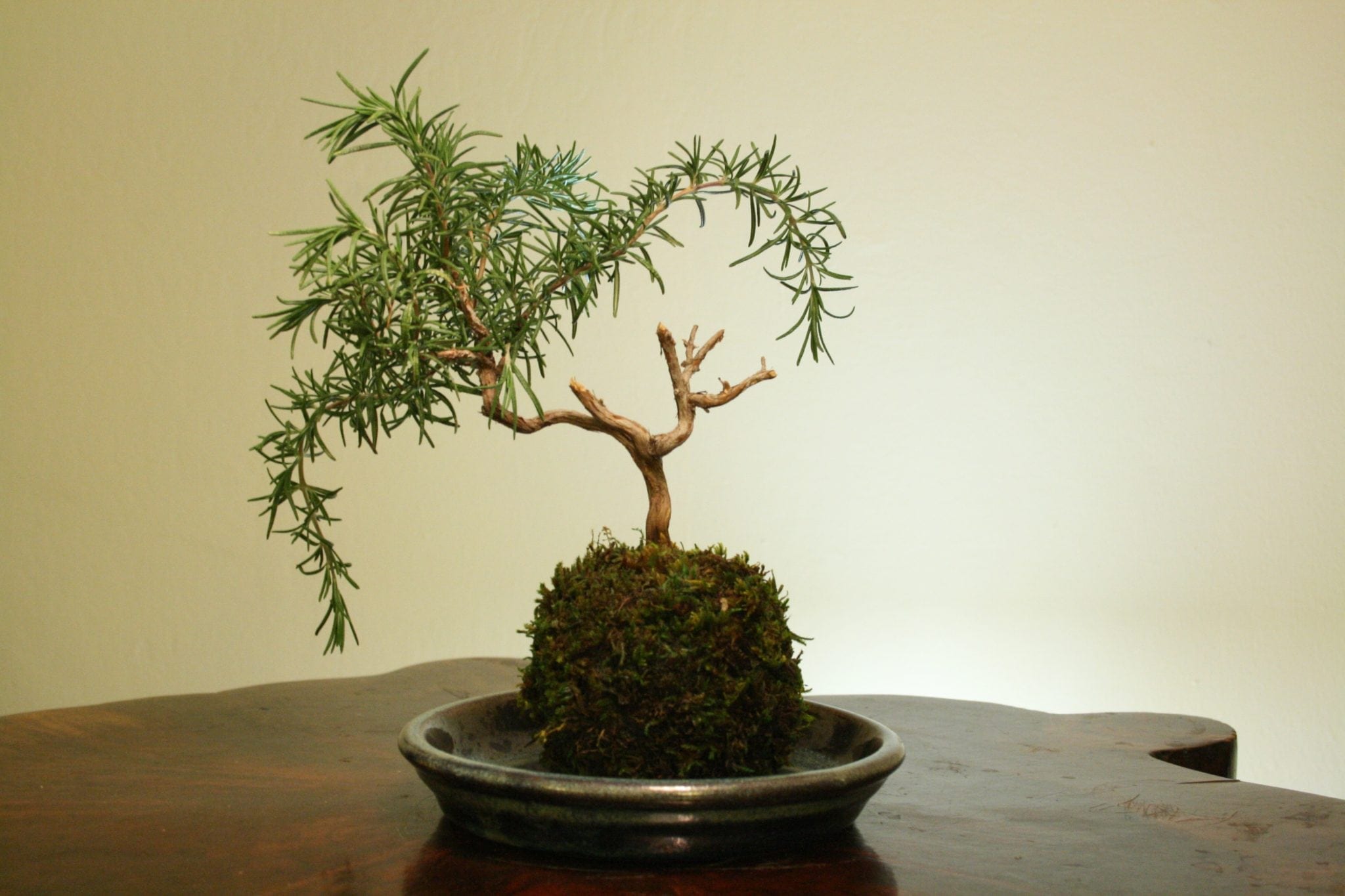Home>Gardening Basics>Understanding Soil>How To Make Plant Soil


Understanding Soil
How To Make Plant Soil
Modified: February 10, 2024
Learn how to make plant soil and improve your understanding of soil with our comprehensive guide. Discover the best practices for creating healthy and fertile soil for your plants.
(Many of the links in this article redirect to a specific reviewed product. Your purchase of these products through affiliate links helps to generate commission for Chicagolandgardening.com, at no extra cost. Learn more)
Table of Contents
Introduction
Understanding the Foundation of Healthy Plants: Crafting Your Own Plant Soil
Creating optimal plant soil is a fundamental aspect of successful gardening. Whether you're nurturing a vibrant indoor garden or cultivating a thriving outdoor landscape, the quality of your plant soil directly impacts the health and growth of your greenery. By understanding the components and processes involved in crafting plant soil, you can tailor the perfect environment for your plants to flourish.
The art of making plant soil is both a science and a craft. It involves blending various elements to create a nurturing foundation that supports plant growth, providing essential nutrients, proper drainage, and a suitable structure for roots to thrive. While pre-packaged soil mixes are readily available, customizing your own plant soil enables you to cater to the specific needs of your plants and ensures the highest quality for their well-being.
In this guide, we will delve into the intricacies of crafting plant soil, from understanding the essential components to the meticulous process of mixing and testing. By the end of this journey, you will be equipped with the knowledge and skills to create tailored plant soil that fosters healthy, robust, and vibrant plant life. Let's embark on this enriching exploration of crafting the perfect plant soil for your botanical companions.
Understanding the Components of Plant Soil
Plant soil is a complex ecosystem that serves as the lifeblood for your green companions. Understanding its components is crucial for creating a nurturing environment for plant growth. The primary components of plant soil include:
- Organic Matter: This component enriches the soil with essential nutrients and promotes microbial activity. Common sources of organic matter include compost, leaf mold, and well-rotted manure.
- Inorganic Matter: Inorganic matter, such as sand, silt, and clay, determines the soil’s texture and structure. The ideal soil texture allows for proper aeration, drainage, and root development.
- Microorganisms: Beneficial microorganisms, including bacteria and fungi, play a vital role in decomposing organic matter and releasing nutrients for plant uptake.
- Water and Air: Adequate water and air in the soil are essential for maintaining proper hydration and facilitating gas exchange for root respiration.
- Nutrients: Essential nutrients, such as nitrogen, phosphorus, and potassium, are crucial for plant growth and development. These nutrients can be supplemented through organic or synthetic fertilizers.
Each component interacts synergistically to create an optimal environment for plant roots to thrive. Understanding the balance and interplay of these components is key to formulating the perfect plant soil tailored to your specific gardening needs.
Selecting the Right Materials
Choosing the appropriate materials is a critical step in creating high-quality plant soil. The selection process involves considering the specific needs of your plants and understanding the properties of various components. Here are the key materials to consider:
- Organic Matter: High-quality compost, well-rotted manure, and leaf mold are excellent sources of organic matter. These materials enrich the soil with essential nutrients and enhance its structure, promoting healthy root development.
- Inorganic Matter: Sand, silt, and clay are the primary components of inorganic matter. The ideal soil texture is a balanced combination of these elements, providing proper drainage, aeration, and moisture retention.
- Additional Amendments: Depending on your plant’s requirements, you may need to incorporate additional amendments such as perlite, vermiculite, or peat moss to improve soil structure and water retention.
- Fertilizers: Organic or synthetic fertilizers can supplement essential nutrients in the soil. Select fertilizers based on your plant’s specific nutritional needs and growth stage.
- pH Adjusters: Lime and sulfur are commonly used to adjust soil pH levels. Understanding your plant’s preferred pH range is crucial for selecting the appropriate pH adjusters.
When selecting materials, prioritize quality and purity to ensure the best outcomes for your plants. Consider factors such as nutrient content, particle size, and potential contaminants to make informed decisions. By carefully choosing the right materials, you lay the groundwork for creating a nutrient-rich, well-structured plant soil that fosters optimal plant health and growth.
Mixing the Soil
Creating the perfect plant soil involves the meticulous process of blending various components to achieve an optimal balance of nutrients, texture, and structure. The following steps outline the art of mixing plant soil:
- Measure and Prepare: Begin by determining the desired quantity of plant soil needed for your gardening project. Prepare a clean, spacious area for mixing the soil, ensuring that all necessary materials and tools are readily accessible.
- Combine Organic and Inorganic Matter: Mix the organic matter, such as compost and well-rotted manure, with the inorganic matter, including sand, silt, and clay, in the appropriate proportions. The goal is to achieve a well-balanced blend that promotes proper drainage, aeration, and nutrient retention.
- Incorporate Additional Amendments: Depending on your plant’s specific requirements, add additional amendments such as perlite, vermiculite, or peat moss to enhance the soil’s structure and water-holding capacity. Thoroughly integrate these amendments into the soil mix to ensure uniform distribution.
- Blend in Fertilizers and pH Adjusters: If necessary, incorporate organic or synthetic fertilizers to supplement essential nutrients. Additionally, adjust the soil’s pH levels by carefully blending in lime or sulfur based on your plant’s preferred pH range.
- Thorough Mixing: Utilize appropriate tools, such as a shovel or garden fork, to thoroughly mix the soil components. Ensure that the mixture is uniform and free of any clumps or uneven distribution of materials.
Throughout the mixing process, maintain a keen focus on achieving a homogeneous soil blend that meets the specific needs of your plants. By meticulously combining the various components and amendments, you create a custom plant soil tailored to optimize the health and vitality of your botanical companions.
Testing and Adjusting pH Levels
The pH level of plant soil significantly influences the availability of essential nutrients to plants. Testing and adjusting the pH levels is a crucial step in ensuring an optimal growing environment for your greenery. Here’s a comprehensive guide to testing and adjusting pH levels in plant soil:
- Obtain a Soil pH Testing Kit: Acquire a reliable soil pH testing kit from a reputable garden center or supplier. These kits typically include testing probes, indicator solutions, and detailed instructions for accurate pH assessment.
- Collect Soil Samples: Gather soil samples from various areas of your garden or plant containers, ensuring representation from different planting zones. Combine the samples in a clean container and mix them thoroughly to create a composite sample for testing.
- Conduct pH Testing: Follow the instructions provided with the testing kit to assess the pH level of the soil sample. The process usually involves adding the indicator solution to the soil and observing the resulting color change, which indicates the pH level.
- Interpret the Results: Based on the color change observed, determine the pH level of the soil sample. The ideal pH range varies depending on the types of plants you are cultivating. Generally, most plants thrive in slightly acidic to neutral soil, with a pH range of 6.0 to 7.0.
- Adjusting pH Levels: If the soil pH deviates from the optimal range for your plants, take corrective measures to adjust it. For acidic soil, the application of lime can help raise the pH, while sulfur is used to lower the pH of alkaline soil. Follow recommended application rates based on the specific pH adjustment needed.
- Retesting and Monitoring: After making pH adjustments, retest the soil to ensure that the pH levels have reached the desired range. Monitor the pH levels periodically to maintain a balanced and conducive growing environment for your plants.
By diligently testing and adjusting the pH levels of your plant soil, you create an environment that maximizes nutrient availability and promotes optimal plant growth and vitality.
Storing and Using Plant Soil
Proper storage and utilization of plant soil are essential for maintaining its quality and ensuring successful plant growth. Whether you have leftover soil from a previous gardening project or have prepared a fresh batch, understanding the best practices for storing and using plant soil is crucial. Here are the key considerations:
- Storage Containers: Store plant soil in clean, airtight containers or resealable bags to prevent moisture loss and contamination. Ensure that the storage containers are labeled with the date of preparation and the types of plants for which the soil is intended.
- Protect from Extreme Conditions: Shield stored soil from extreme temperatures, direct sunlight, and excessive moisture. Exposure to harsh environmental conditions can degrade the quality of the soil and compromise its effectiveness for plant growth.
- Rotation and Freshness: If you have a surplus of plant soil, rotate the use of stored soil to maintain freshness and nutrient content. Consider using older soil for non-critical plantings or as a base for creating new soil mixes.
- Utilization in Planting: When using stored plant soil for planting, inspect it for any signs of mold, pests, or unusual odors. Ensure that the soil is well-aerated and free of compacted areas before incorporating it into your planting beds or containers.
- Amendment and Conditioning: Prior to planting, consider amending the stored soil with additional organic matter, fertilizers, or pH adjusters based on the specific requirements of the plants you intend to cultivate. Thoroughly mix in the amendments to ensure uniform distribution.
- Monitoring Plant Health: After planting, monitor the health and growth of your plants to assess the effectiveness of the stored soil. Observe for signs of nutrient deficiencies, water retention issues, or drainage problems, and make adjustments as necessary.
By following these guidelines for storing and using plant soil, you can preserve its quality, maximize its effectiveness in supporting plant growth, and contribute to the long-term success of your gardening endeavors.



